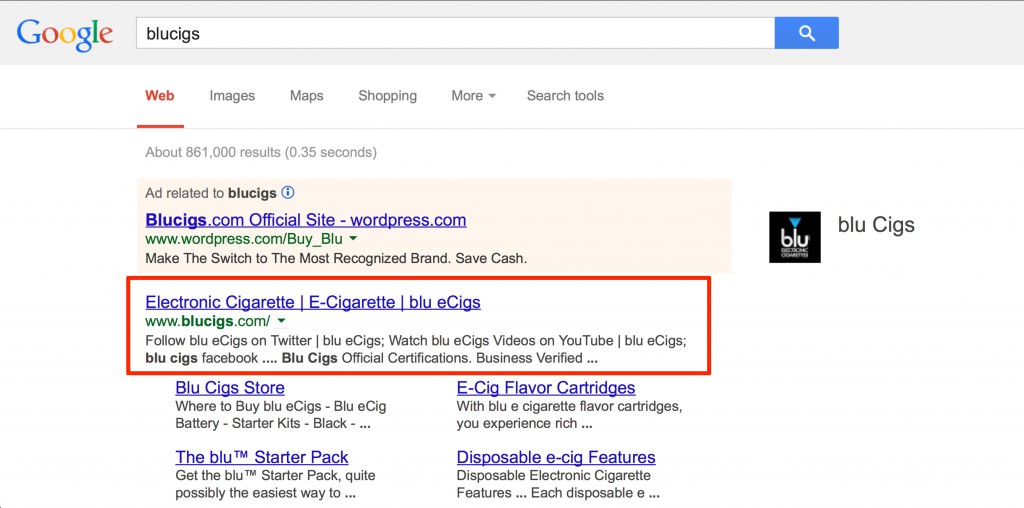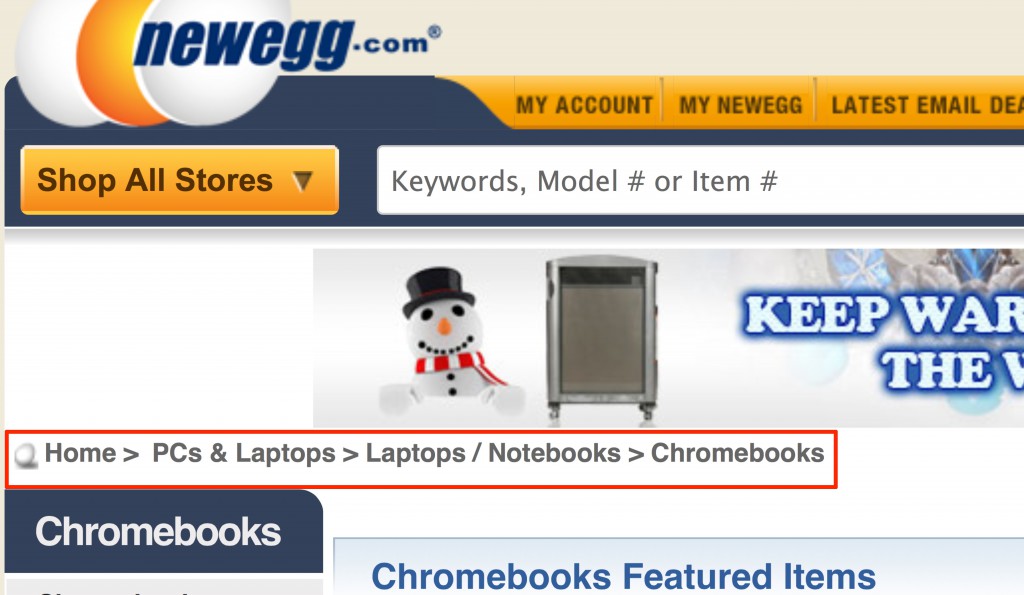As a startup founder, you’ve spent countless sleepless nights focused on building remarkable products with potential to change lives. It’s not an easy path, so I applaud you for it. But because of the tremendous time commitment required and mental exhaustion that follow, startup teams often forget about their SEO.
We get it. You’re busy making the world a better place by achieving greater efficiency or finding solutions to problems and unknowns. However, you owe it to both your company and the world to get your product out there by making your website ‘search engine friendly.’
Since the publication of Eric Ries’ “Lean Startup,” the concept of the minimum viable product has created much buzz in the technology startup world. The minimum viable product is a strategy for rolling out the most basic version of your product, where one can continually refine based on data collected from the initial market reaction.
This same concept can be applied to SEO. Startups are potentially missing out on thousands of organic search engine traffic because they do not implement these basic SEO elements, also known as ‘on-page optimization.’
After getting the basics down, you can worry about creating backlinks later. In most cases, they will come naturally (which are the best kind of links anyway) if you’ve built a great product.
Here are 6 steps to get your startup’s minimum viable SEO right:
Title Tag
Your targeted keyword or phrase should appear at the front of each title, followed by the brand name. Despite popular belief, the positioning of keywords in the title does matter. You want the search engine spiders to crawl your targeted keywords in your title first.
More than likely, most of the anchor texts linking to your website will contain your brand name. So, unless your brand name is something generic like “SEO Company,” it won’t be hard to rank at the top for people searching your brand.
For example, check out how Blucigs, the electronic cigarette company, did it:
The title is one of the most simple yet effective on-page SEO factors you can change. It literally takes a few seconds to get this right, so do it.
URL Structure
It’s likely that in the beginning there might be minimal website pages. However, it’s crucial to set up the URL structure right from the start to prevent any headaches down the line.
Check out these two website URLs:
- http://www.travelingworld.com/gear/category01/gear-backpack/9920388/IT29839/
- http://www.travelingworld.com/gear/backpacks
The second URL is a lot cleaner, but more importantly, gives you a clearer understanding of what is on that page. There isn’t nearly as much clutter. You can probably assume that someone landed on the website, clicked on (travel) gear and then narrowed the search to backpacks.
Like humans, search engine spiders prefer simplicity. You want them to understand what’s on that webpage so they can rank the page appropriately in the search engine ranking pages. Additionally, the less time it takes them to figure out your webpage content, the more bandwidth they have to crawl your other pages.
URL Canonicalization
Canonicalization is the process of picking one URL when there are several possible choices. For the most part, this usually applies only to the homepage.
Consider the following:
- www.richardjeng.com
- richardjeng.com
- richardjeng.com/index.html/
- www.richardjeng.com/home.asp/
These four URLs take you to the same homepage, but are technically different URLs. Needless to say, this may confuse search engine spiders and possibly spread out precious link juice.
To fix this problem, use a ‘rel=canonical tag’ on the desired homepage. And if you have both a ‘www’ and ‘non-www’ version of a homepage, use a 301 to permanently redirect one page to the other with more backlinks going to it. Use Open Site Explorer to figure out which homepage version has more links and roll with that as your default.
Alt Tags in Images
To give your website an extra boost of SEO, make sure you provide all images with alt tags. A search engine spider that crawls a picture of a corgi is not going to know that it’s a corgi. However, if you give the picture an alt tag that reads ‘corgi,’ the spider will know that the picture is corgi-related, which leads to a better understanding of the content on the web page. This simple tag will certainly give you a boost of SEO juice.
For example: < img src = “http://www.flickr.com/photos/rcjeng/78723021” alt = “corgi” >
Breadcrumb Navigation
Based off the fairy tale, Hansel and Gretel, breadcrumbs is a navigation scheme that reveals the user’s current location on the website, while making it possible for the user to trace back and forth between pages with ease.
Besides providing simple user experience, the breadcrumb navigation helps funnel link juice throughout the entire website. Think of a pedigree, or a ‘family tree,’ in which the genetics of the top ancestors flow down to their offspring and continues to trickle down through generations. The same goes for the link juice, which flows from the homepage through each subsection.
Check out how Newegg does breadcrumb:
Keep in mind that breadcrumbs in not necessary for single-level websites with no real logical hierarchy. Basic websites don’t need this feature because they don’t need the extra organization.
Meta Robots
Many SEOs use the robots.txt tag to instruct search engine spiders how to crawl and index the site’s pages. However, instead of blocking pages with robots.txt, try using the ‘noindex, follow’ meta tag.
The robots.txt is designed to block pages along with any link juice that’s going to it. You see how this could be a problem? Less link juice means less website authority and ranking power. The alternative ‘noindex, follow’ tag will keep unwanted pages out of the index while allowing juice to freely flow throughout your webpages.
Noindex meta tag:
<meta name=”robots” content=”noindex”>
For more information on installing meta robots, check out Moz. Richard Jeng is the marketing consultant for MobLab, an education technology startup that delivers interactive markets and games to social science learning through mobile devices. You can reach him on Twitter @RichardJeng.


